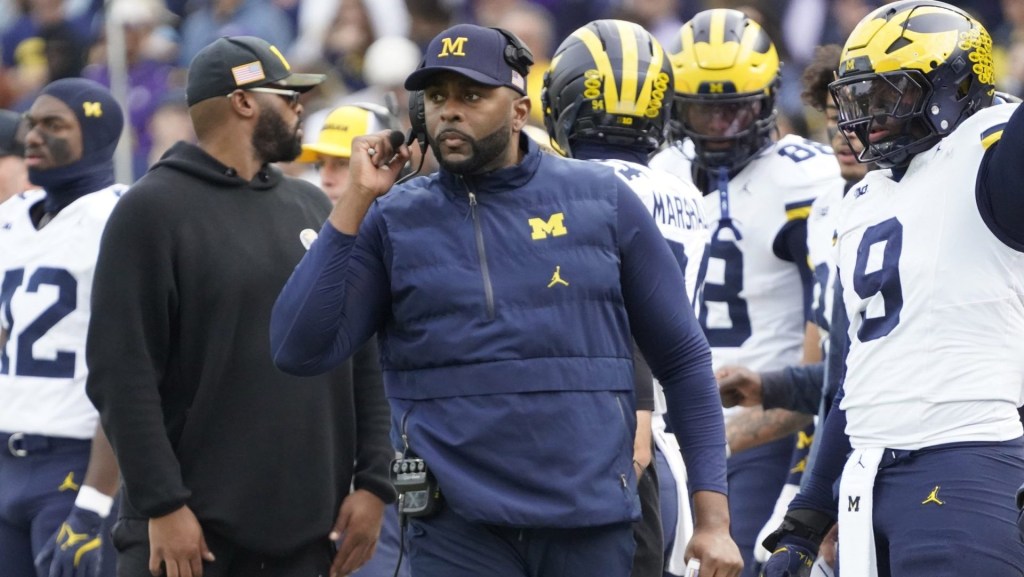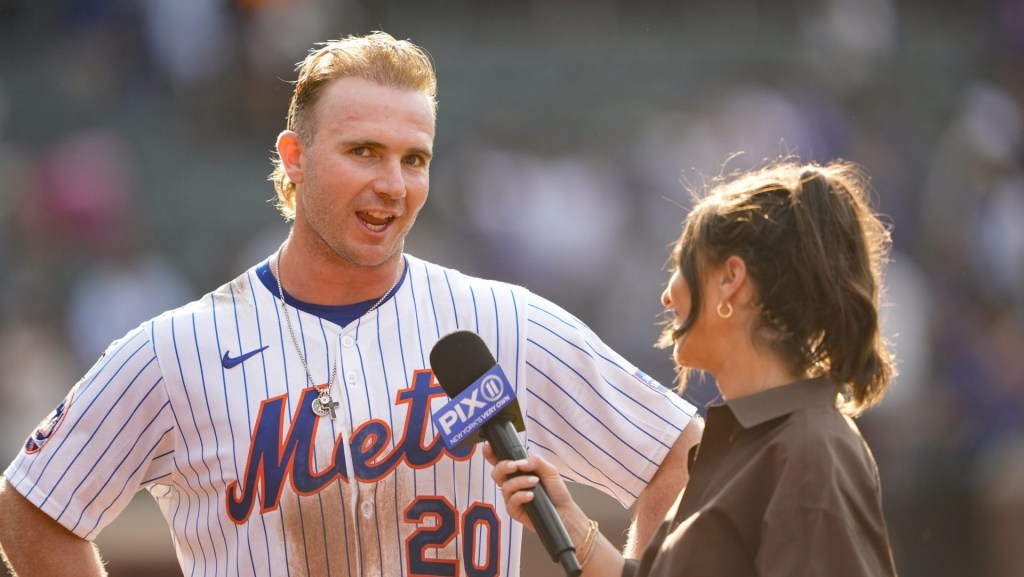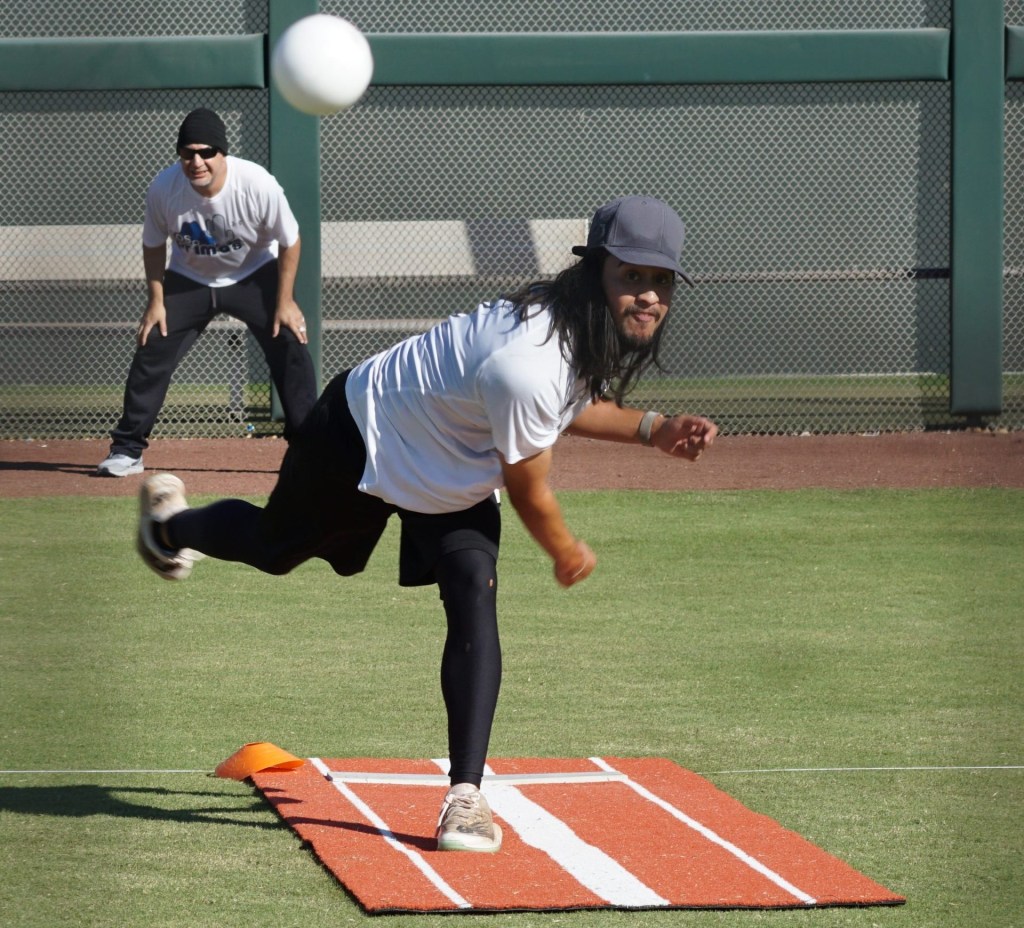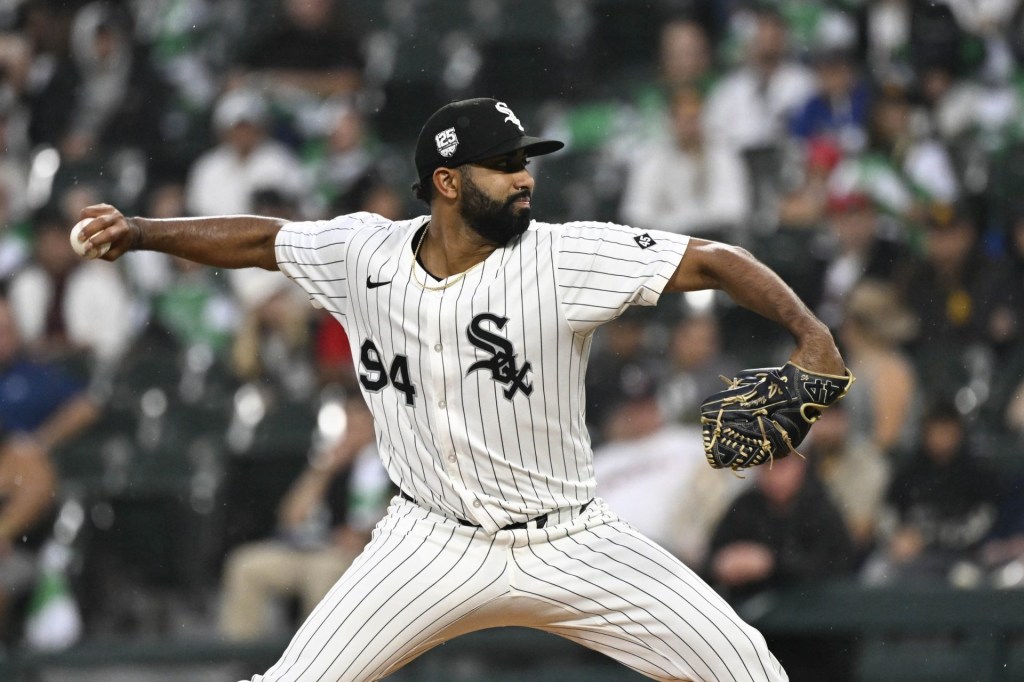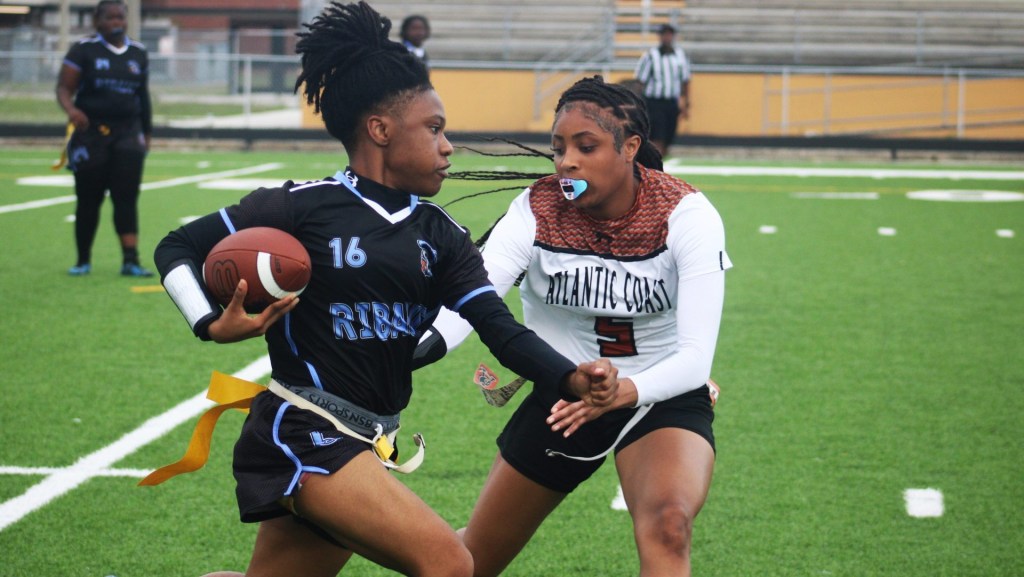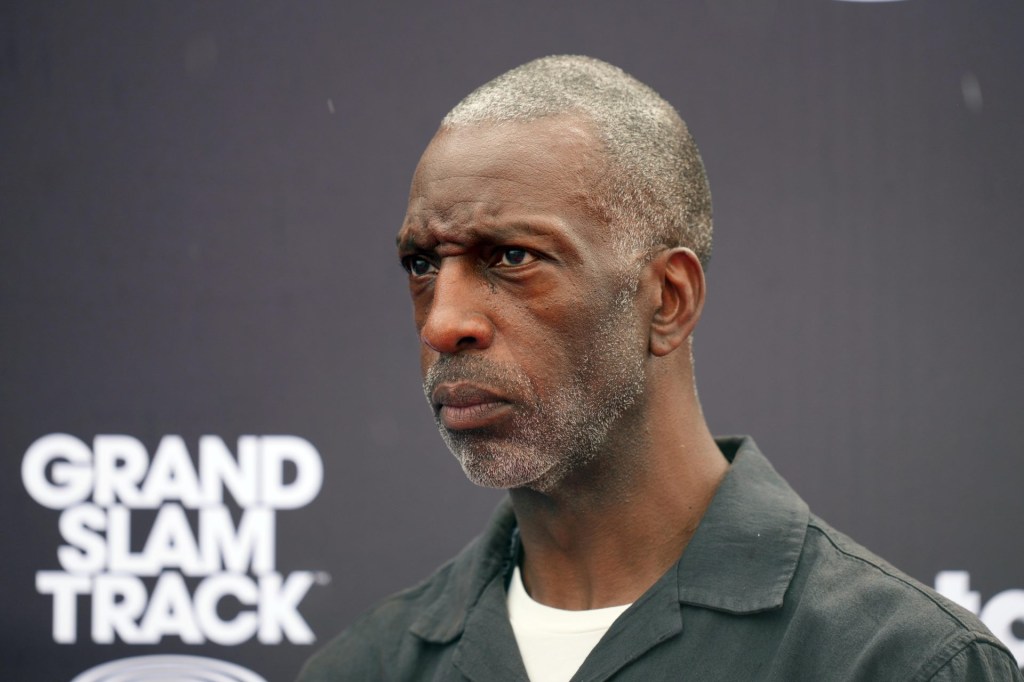The WNBA is less than three months from its collective bargaining agreement expiring, possibly risking a strike or lockout if players and owners can’t agree to a new labor deal by November.
Diana Taurasi, never shy about sharing her view, hopes the union and league are able to reach a new CBA in time.
“I don’t think a work stoppage benefits anyone,” Taurasi told Front Office Sports. “If you go across the board, in any league that has had a work stoppage, there’s just so much damage that can be done.”
Taurasi is the league’s all-time leading scorer and retired in February. She admitted that a work stoppage—which the WNBA has never lost games to—can be a last resort in labor negotiations.
“If you’re really, as players, determined on sets of things you want from the CBA, sometimes it’s the only means you have,” Taurasi said.
During her two-decade WNBA career, Taurasi was never a member of the Women’s National Basketball Player’s Association executive leadership but was active in discussions behind the scenes.
The three-time WNBA champion, league MVP, and six-time Olympic gold medalist was always a proponent of higher salaries for players compared to non-salary benefits like improved travel, she says. Pay—which has seen a “little bump” because of the fixed annual salary cap increase of 3% each year—is where Taurasi thinks there can be the most improvement.
The league’s business has exploded since the last CBA was negotiated. (The deal was struck in early 2020 and the players opted out last year.) Media companies are paying the league $2.2 billion to broadcast games over the next 11 years, and NBA ownership groups in Cleveland, Detroit, and Philadelphia are paying $250 million each to join the league.
And team sales may be even more valuable. The Connecticut Sun appear to be set to be sold for over $300 million, smashing the league record, with one prospective owner who wants to move the team to Boston.
“How does Boston not have a WNBA team?” Taurasi said on Front Office Sports Today. “We know the legacy the Celtics have, second to the Lakers of course. Connecticut’s been an amazing franchise. What they’ve been able to do in rural Connecticut, make it to multiple Finals. Transitioning that team into a market like Boston hopefully, that’s when you see progress in the league.”
Beyond improved salaries, the union has been vocal about other priorities which include improved maternity benefits, a softer salary cap structure, and roster expansion.
Roster sizes have been a point of contention between players and the league with Taurasi calling it “demoralizing” at times in her career to take the court with only eight available players.
The WNBA currently permits teams to carry a max of 12 players. Many operate with 11 due to the salary cap limitations which highlighted another issue with the current CBA. Increasing the veteran minimum salaries was a sticking point for vets like Taurasi during past negotiations. But as the veteran minimum increased—the minimum for any player with three or more years of service is currently $78,381—the response from league executives was not what players envisioned when they negotiated for those increases.
“The veteran minimum in the last CBA actually hurt the veterans,” three-time WNBA champion Penny Taylor told FOS. “A veteran was more expensive, so you could sign two rookies versus one veteran. It kicked out a lot of veterans from the league, which I think hurt the level of the game.”
Taylor, who is married to Taurasi, was drafted by the Cleveland Rockers in 2001. She played 10 seasons with the Mercury after the team acquired her in the Rockers’ 2004 dispersal draft.
This season, teams have for brief stretches dropped to fewer than 10 available players due to injuries, signing players to hardship contracts to fill out rosters. But the argument that’s come from players and even coaches is that expanding roster sizes would not only alleviate hurdles with replacing injured players, it would also help improve the player pool—something urgently needed with the league growing to 18 teams by the end of the decade.
An ideal roster number would be 15 players, Taurasi said.
“Every draft there’s only nine or 10 kids that stay on teams,” Taurasi said. “Think about a senior class that graduates from college and only nine make a WNBA roster? That hurts development. It hurts the future of the league.”



